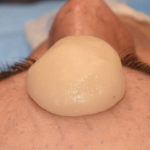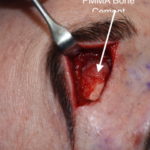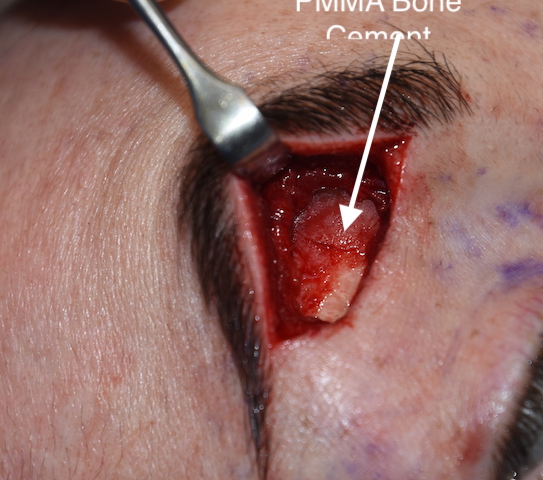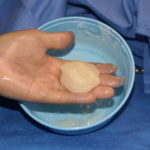Forehead augmentation is done by two basic aesthetic techniques, bone cements and custom made implants. While there are a number of other biomaterials by which it has been done (hand carved standard implants) these have more limited aesthetic effects. While the ideal contemporary method is a custom made implant from the patient’s 3D CT scan, bone cements have been used for decades and still have some role to play in forehead augmentation surgery.
While the ideal bone cement used for any form of aesthetic craniofacial augmentation is of an hydroxyapatite composition, its costs and need for an open placement technique limit its use. PMMA bone cement is far more versatile and cost effective and, as a result, is still commonly used. Its cohesive putty-like consistency when mixed and good flow characteristics before it fully polymerizes allows for its introduction and placement through less than a widely open incisional approach.
Forehead augmentation in men differs in numerous ways from that of women. Besides the desired aesthetic outcome, one very significant difference is the incisional location consideration. In men that shave their head or are completely bald, any of the traditional superior incisional locations anywhere along or in the original hairline may not be an option. Or at least a good option due to the aesthetic scar tradeoff.
One uncommon option is an incision at the eyebrows, specifically at an infrabrow location. With an incision at the lower end of the eyebrow hairs, bilateral subperiosteal dissection can be done across the entire forehead and brows. With the medial end of the incision stopping short of the supraorbital notch, the supraorbital nerve can be identified and protected.


Dr. Barry Eppley
Indianapolis, Indiana




